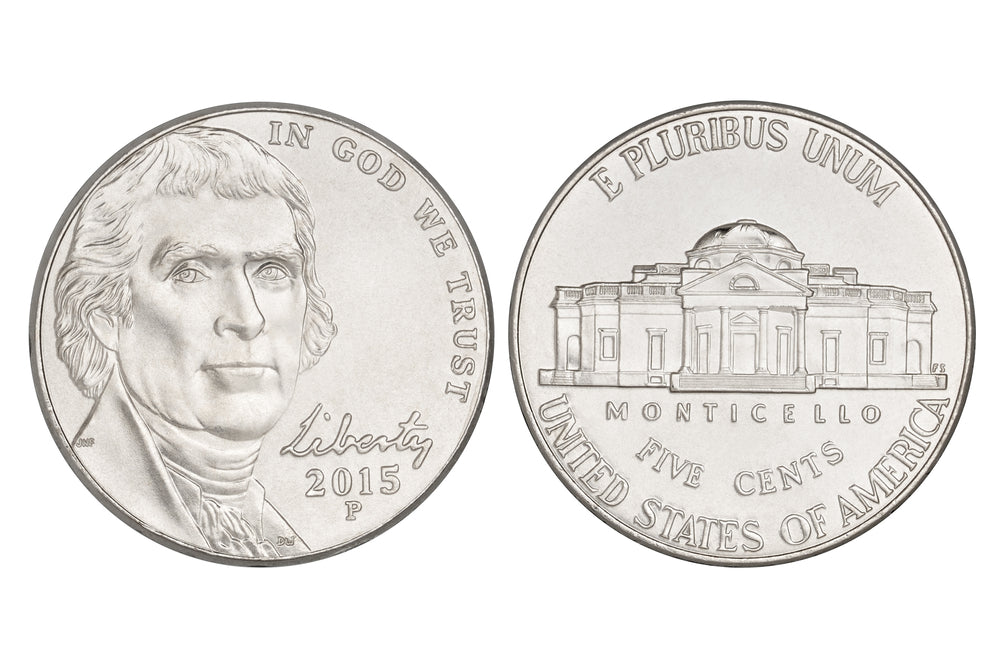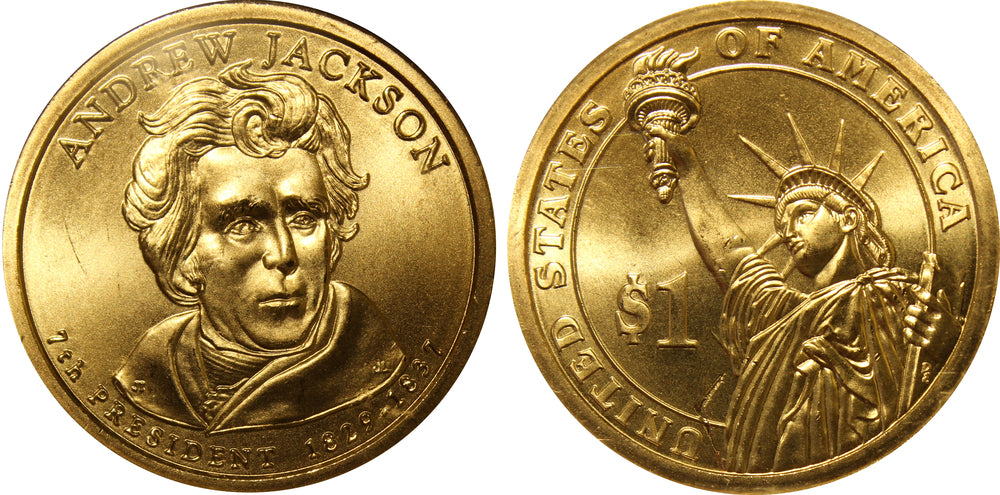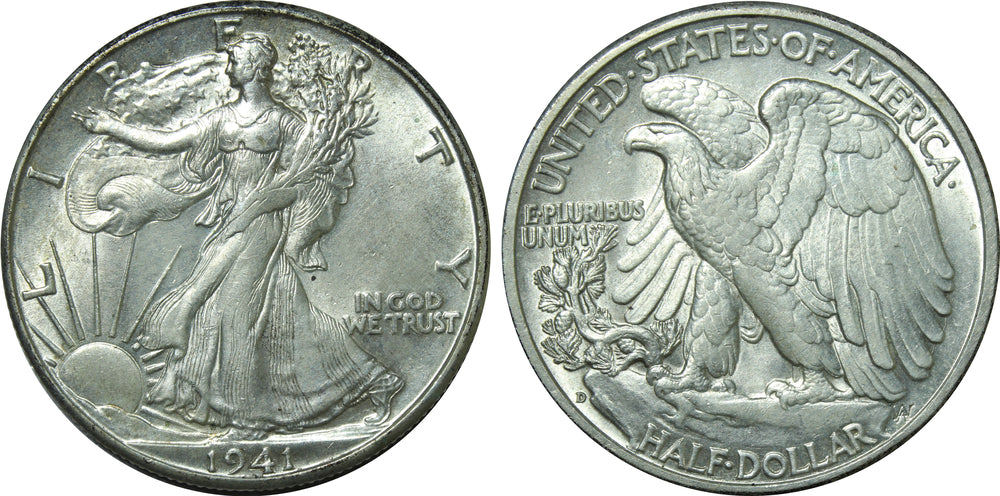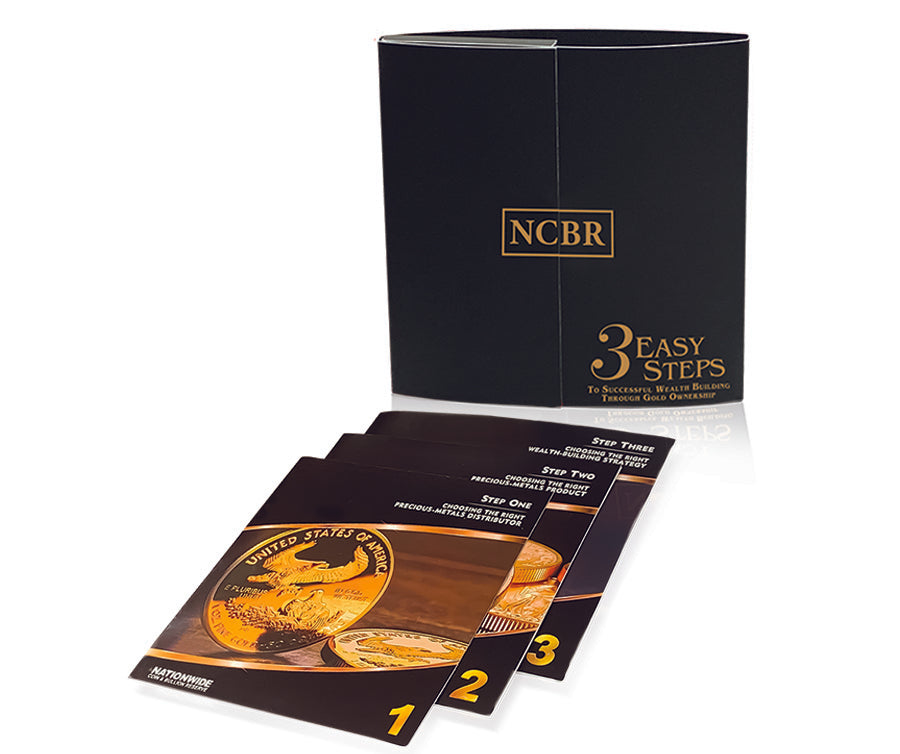The nickel, as a denomination of U.S. currency, has been in circulation since 1866. The first nickel, known as the Shield nickel, featured a design showcasing a shield on the obverse and a number “5” on the reverse. Over the years, various designs have graced the nickel, from the Liberty Head nickel to the iconic Jefferson nickel introduced in 1938.
Jefferson Nickels

Introduced in 1938 to commemorate the third President of the United States, Thomas Jefferson, Jefferson Nickels are a staple of modern American coinage. The obverse features a profile of Jefferson, while the reverse showcases his famous home, Monticello. Over the years, the Jefferson Nickel series has seen design changes, most notably the 2004-2005 Westward Journey series, adding an extra layer of interest for collectors. The condition, rarity, and mint mark play crucial roles in determining the value of these nickels.
Buffalo Nickels

Minted from 1913 to 1938, Buffalo Nickels are celebrated for their iconic design by James Earle Fraser. The obverse features a Native American profile, while the reverse showcases a buffalo and the enigmatic "FIVE CENTS." Collectors are often drawn to the challenge of finding well-preserved specimens with distinct details, particularly on the buffalo and the date. Key factors influencing the value of Buffalo Nickels include date rarity, condition, and the presence of the elusive three-legged buffalo variety.
Liberty Head or V Nickels

Struck from 1883 to 1913, Liberty Head or V Nickels are known for Charles E. Barber's classic design. The obverse features a left-facing profile of Liberty adorned with a crown, while the reverse showcases a Roman numeral "V" within a wreath. The rarity of certain dates, condition, and mint marks are paramount in determining the value of these vintage nickels. The 1913 Liberty Head Nickel is especially famous, with only five known specimens in existence.
Shield Nickels

The Shield Nickel, minted from 1866 to 1883, is the first nickel five-cent piece in the United States. Designed by James B. Longacre, the obverse features a shield, while the reverse displays the denomination surrounded by stars and rays. The rays were eliminated from the reverse design in 1867. Rarity, condition, and the presence of rays are key factors influencing the value of Shield Nickels.
Key Factors Influencing Nickel Coin Value
Mintage Year
One of the primary determinants of a nickel's value is the year it was minted. Nickels produced before 1965 are often more desirable to collectors, who appreciate the historical significance and craftsmanship of these older coins. Keep an eye out for vintage nickels in your possession, as they may hold a value that extends beyond the nostalgia they evoke.
Mint Mark
The presence of a mint mark, a small letter denoting the coin's minting location, adds another layer to a nickel's value. Some mint locations produced fewer nickels than others, resulting in coins from those mints being rarer and potentially more valuable.
Condition
As with any collectible, the condition of the nickel plays a pivotal role in determining its value. Coins in mint condition, free from scratches, tarnish, or wear, are highly sought after by collectors. For those serious about preserving the value of their collection, professional grading services can provide an objective assessment of a coin's condition.
Rare Varieties
Throughout history, certain nickel varieties have gained prominence due to errors in the minting process or unique characteristics. The 1949-D Jefferson nickel with a prominent "D over S" mint mark is a notable example. Identifying these rare varieties can significantly enhance the coin's value and add an extra layer of excitement to the pursuit of numismatics.
Conclusion
The nickel, often dismissed as mere pocket change, reveals itself as a small but valuable piece of the historical and numismatic puzzle. Whether you are an avid coin collector or someone stumbling upon a forgotten coin jar, the journey to understand the factors influencing nickel coin value can be a rewarding one. So, the next time you come across a nickel, take a moment to appreciate its history and significance – you may be holding a small fortune in the palm of your hand.
Real Time Precious Metals Data Below







